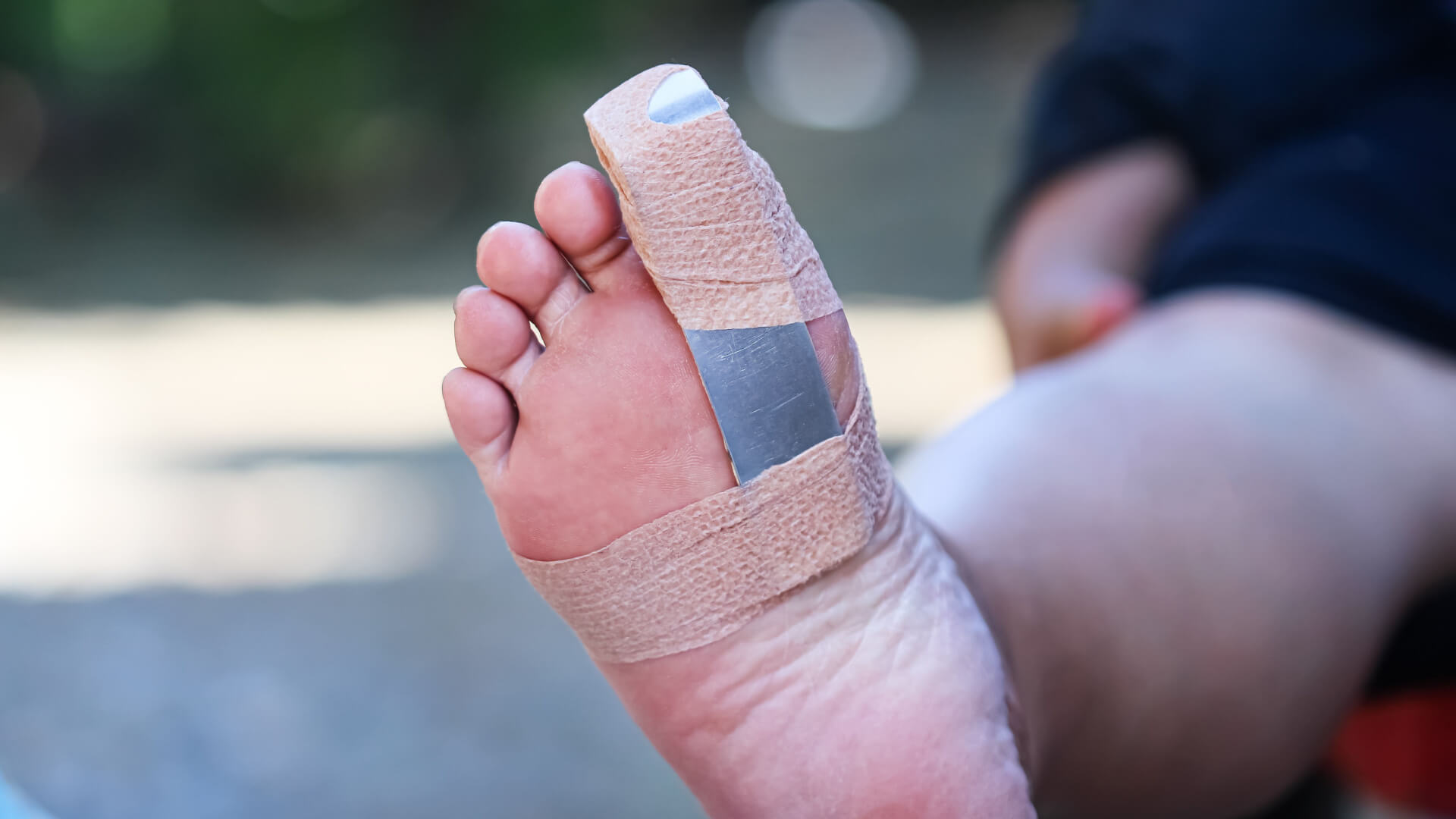June 27, 2024
Recognizing the Signs of Unhealthy Wound Healing
Wound healing is a complex process that requires careful monitoring and timely intervention. For healthcare professionals, wound care experts, and patients with chronic wounds, recognizing the signs of unhealthy wound healing is crucial for preventing complications and ensuring optimal recovery.
Gladiator Therapeutics will provide an in-depth understanding of these signs and information about our therapeutic products. We want to help you identify unhealthy wound healing so you can take appropriate action before your situation becomes chronic.
The Importance of Recognizing Unhealthy Wound Healing
Successful wound healing is essential for patient well-being. When wounds don’t heal properly, they can lead to serious complications such as infections, chronic pain, and even systemic illnesses.
For healthcare professionals and wound care experts, early identification of unhealthy wound healing signs can make a significant difference for your patients. For patients with chronic wounds, being aware of these signs empowers them to seek timely medical help.
1. Heat, Redness, and Swelling
Heat, redness, and swelling are often the first signs that something is wrong with a wound. These symptoms usually indicate that the body is responding to an infection. The area around the wound may feel warm to the touch, appear red, and feel swollen. This response is due to increased blood flow and the activity of immune cells fighting off pathogens in your body.
If these signs are not addressed promptly, the infection can spread, leading to more severe health issues. This can complicate the healing process and extend recovery time. For healthcare professionals, it is vital to monitor these symptoms closely and initiate appropriate treatment measures as soon as possible.
2. Pain
Pain is a common symptom associated with wound healing, but not all pain is the same. Acute pain typically decreases over time as the wound heals. However, persistent or worsening pain can be a sign of infection or other complications. Sharp, stabbing pain may indicate nerve damage, while throbbing pain can suggest an ongoing inflammatory process.
Understanding the type and intensity of pain can help healthcare providers determine the underlying cause and take appropriate action. For instance, if a patient reports increased pain while also exhibiting signs of infection, immediate medical intervention is necessary.
3. Increased Exudate and Delayed Healing
Wound drainage is a normal part of the healing process. This is where pus, blood, or other fluids are removed from a wound, body cavity, or organ to avoid issues like infection.
However, an increase in exudate or a change in color and consistency can indicate infection or other issues. Similarly, delayed healing is a red flag that something is hindering the wound’s natural recovery process.
Increased exudate and delayed healing require prompt attention. If left untreated, they can lead to chronic wounds and further complications. Healthcare professionals should evaluate these signs carefully and adjust the treatment plan as needed.
4. Contact Bleeding and Odor
Contact bleeding and odor are not as common as the previously explained signs, but are equally important. Contact bleeding occurs when the wound bleeds even after a slight touch or movement. This indicates that your tissue is fragile or infected. A particularly foul-smelling odor means that there is a bacterial or viral infection.
You cannot ignore these signs. They often point to deeper complications. Immediate action is required to identify the cause and prevent further deterioration of the wound.
5. Abnormal Granulation Tissue
Granulation tissue is a key component of the wound-healing process as it signifies new tissue growth. Abnormal granulation tissue can appear discolored or irregularly shaped. This indicates poor healing and more potential complications. Abnormal granulation tissue can hinder your healing process and lead to chronic wounds.
Recognizing and Addressing Signs of Infection
Recognizing signs of infection early in the wound healing process is crucial. Symptoms such as:
- Heat
- Redness
- Swelling
- Pain
- Increased exudate
- Contact bleeding
- Odor
Timely intervention is key to preventing the spread of infection and ensuring effective wound healing. Treatment strategies should be guided by microbiological results and tailored to the specific needs of the patient. This may include the use of antimicrobials and other targeted therapies.
Gladiator Therapeutics’ Wound Healing Device Can Help
The importance of early recognition of unhealthy wound healing signs cannot be overstated. For healthcare professionals, staying vigilant and proactive in monitoring wounds is essential for achieving positive patient outcomes.
For patients, understanding these signs empowers them to seek timely medical help. Collaboration between patients and healthcare providers is critical for effective wound management and recovery.
For more information and expert guidance on wound healing, consider reaching out to Gladiator Therapeutics. Our advanced therapeutic devices are designed to support optimal wound healing and recovery. Contact us today for more information.

